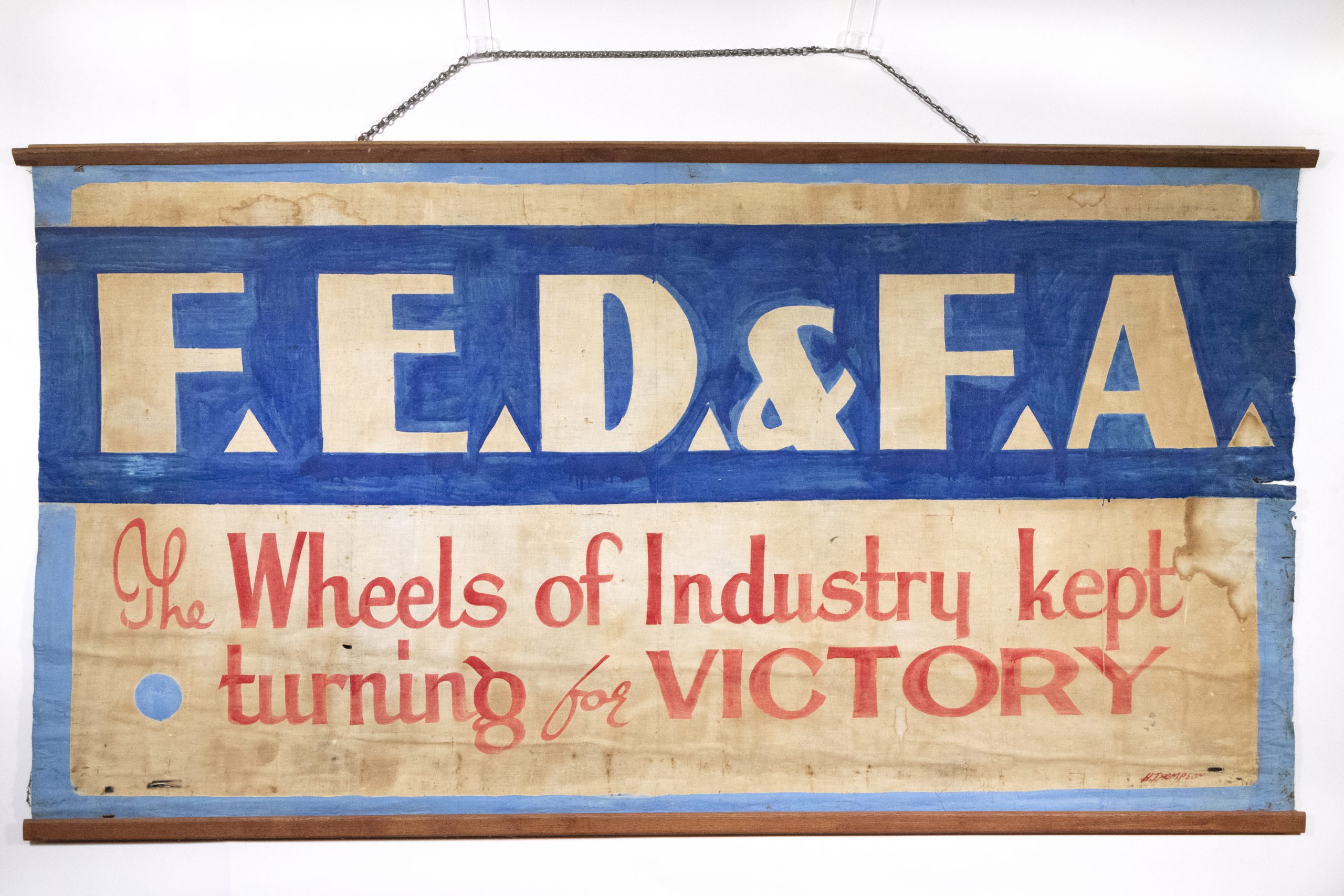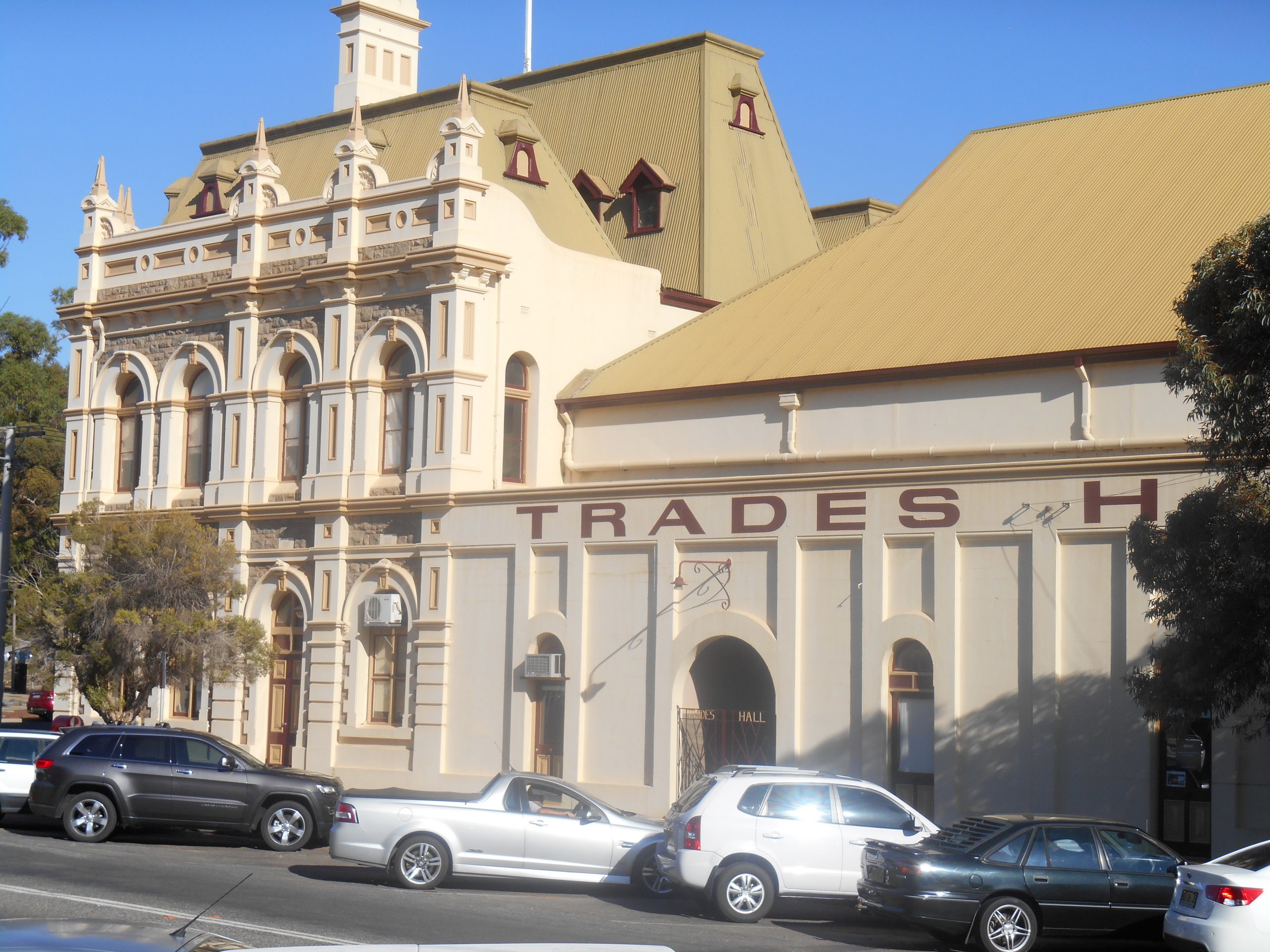United They Stood
Striking to Make Change
Broken Hill is known to the outside world as a stronghold of trade unionism, in addition to being the place where Australia’s first thirty-five hour week was granted. This reputation and milestone in the history of employment relations in Australia was the result of the historic strike action taken by miners in 1909 and 1919 – two of the nation’s longest running strikes.
Paving the way was the industrial action of 1892, when a combination of lower ore prices and the depletion of easy pickings prompted mine managers to announce that they would pay workers for the ore mined and not their time, which had the effect of reducing wages. In addition to receiving lower wages miners had concerns about working alongside non-union contractors who favoured speed over safety.
The Amalgamated Miners’ Association voted to strike and the action endured for 18-weeks against a backdrop of rousing marches down Argent Street; rioting and assaults on ‘scab’ labour from Melbourne; along with widespread malnutrition and sickness. Management took a firm stance and the financially crippling effects of the strike rippled out into the community. Eventually the unions backed down but the townspeople were galvanised with the miners against the mine managers.
In 1908, again in the face of plummeting ore prices, the Broken Hill Proprietary mine announced changes to wages and employment terms. General Manager, G. D. Delprat was unyielding in negotiations and the miners decided to strike. Delprat responded by locking the workers out and requesting police reinforcements from Sydney, claiming that violence was imminent. In January 1909 the police acted against the workers, making 27 arrests, including the charismatic orator and union organiser, Tom Mann.
The strike lasted for 20 weeks and Delprat’s reputation suffered, General Manager of the Zinc Corporation, W. S. Robinson openly criticised his management style. When the Federal Arbitration Court ruled in favour of the workers, Delprat closed BHP’s mines for two years, triggering the departure of workers from the town.
A decade later, the 1919-20 strike was unmarred by violence, but its 18-month duration made it the longest industrial action in Australian history. Workers had health and safety concerns, and Delprat was unsympathetic.
A commission of enquiry led by Professor Henry Chapman found that dust in the mines was causing lung disease and recommended a 35-hour week. Conciliator Justice Edmunds also ruled that a minimum wage, penalty rates and compensation for occupational illness be introduced. Although the gains were hard-won, the strike led to vastly improved conditions and pay for the workers and history was made.




